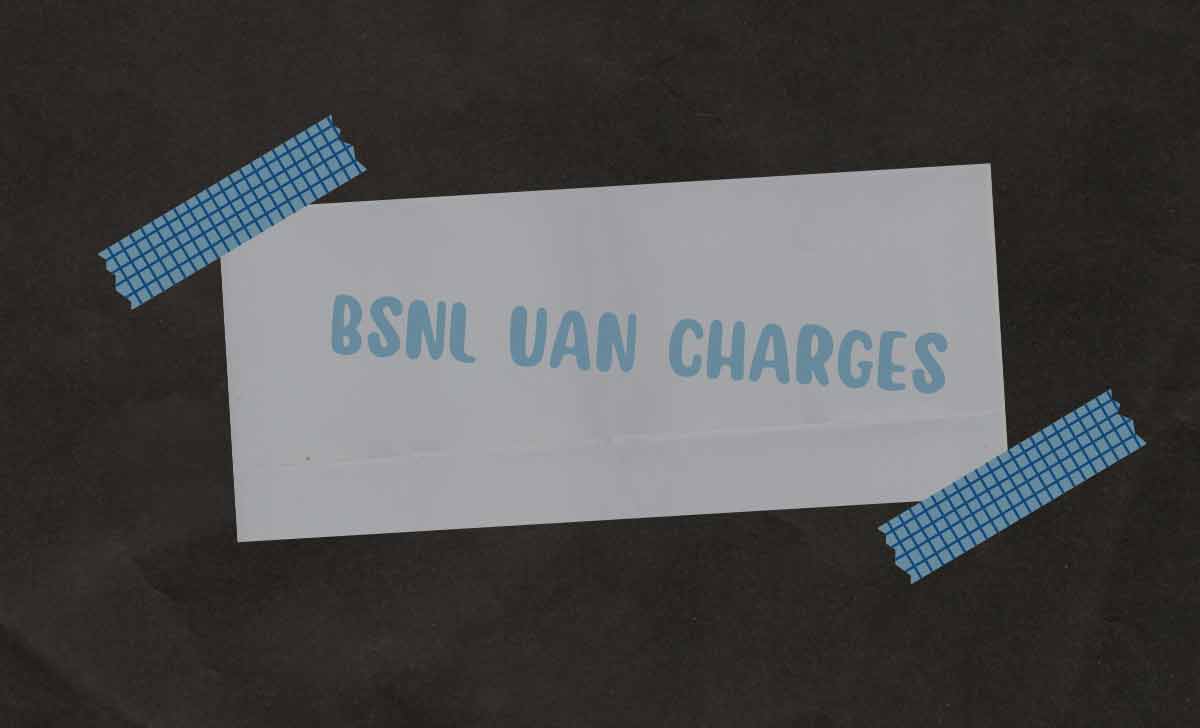OTT Release this Month for Movies in 5+ Platforms
If you’re in search of some amazing OTT Release this Month for new movies or shows on each OTT platform this month, rest assured that your search ends here for new releases which I’ve got you covered. March 2024 is here, and it’s time for a plethora of new OTT releases to hit your screens. …
OTT Releases This Week from 10 to 16 March 2024
Be ready for an exhilarating week ahead for OTT Releases this Week from 10th to 16th of March 2024, promises to offer a captivating selection on your favourite OTT release in each platform with fresh, binge-worthy new OTT releases that are churning out content at lightning speed. So buckle up and prepare to indulge in …
ICICI Bank Fixed Deposit Schemes for BSNL VRS Employees
Find the new offers of ICICI Bank on Fixed deposit offered to BSNL VRS 2019 permanent employees, Check Investment phase, Monthly payout, Interest rate, and other offered with curated proposition of fixed deposits back with ICICI premium saving bank account designed exclusively… It is important that the employees Opting for BSNL VRS 2019 and their …
EPF India Verification of Authenticity of Records for revision of Pension on Higher Wages
Employees Provident Fund Organisation EPF India has announced a notice regarding Verification of the authenticity of the records submitted by the employer for revision of pension on higher wages. As per EPF India letter Pension/12/33/EPS Amendment/96 Vol.II/1946 dated 04.06.2019, EPF India directed all their field offices to take necessary action in accordance with order of …
Download EPF Passbook at Member Portal passbook.epfindia.gov.in
Does the member of EPFO can download EPF passbook at free of cost in online, How many entries are displayed in member passbook which download online, How can a EPF member print the passbook directly without completing EPFO KYC or UAN helpdesk assistance of Employees Provident Fund Organization, Does Passbook contains EPF Pension Fund and …
What is Pension Contribution in EPF
If you are either a retired employee or someone is working as an employee, then you might have registered yourself through your organization for the EPF scheme. In simple terms, EPF is an Employee Provident Fund launched in 1995 where 12% of employee basic salary is deducted every month as part of EPF scheme. It …
What is Tactilon Agent, Why AIRBUS TA Opts for Dedicated Wireless Communication
TACTILON AGNET 500 is an APP based service which is developed by AIRBUS Defence & Space OY, Finland (AIRBUS group is a pioneer group that manufactures Aeroplanes, Helicopters & develops strategic solution in telecom and defence & Space domain), and It runs of existing smartphones connected with any kind of data services and with any …
BSNL OFFER 2024 on Mobile & Broadband Services
Do check the latest BSNL Offer for the Year 2023 on Mobile, Broadband (Fibre / DSL) and other telecom services offered by Bharat Sanchar Nigam Limited… Broadband Offers BSNL Offers a discount of Rs.200 per month for 6months for conversion of existing Landline/Broadband to Fiber as promotional offer for 90days from 12.04.2023 to 10.07.2023. Rural …
AJIO Online Shopping with Track, Return, Exchange, Refund on Demand
AJio is an Indian e-commerce company that was launched in 2016. It is a part of the Reliance Industries Limited group and specializes in fashion, electronics, and home essentials. AJio offers a wide range of products including clothing, footwear, accessories, electronics, home and kitchen appliances, and more. They also offer a loyalty program called AJio …
BSNL
















